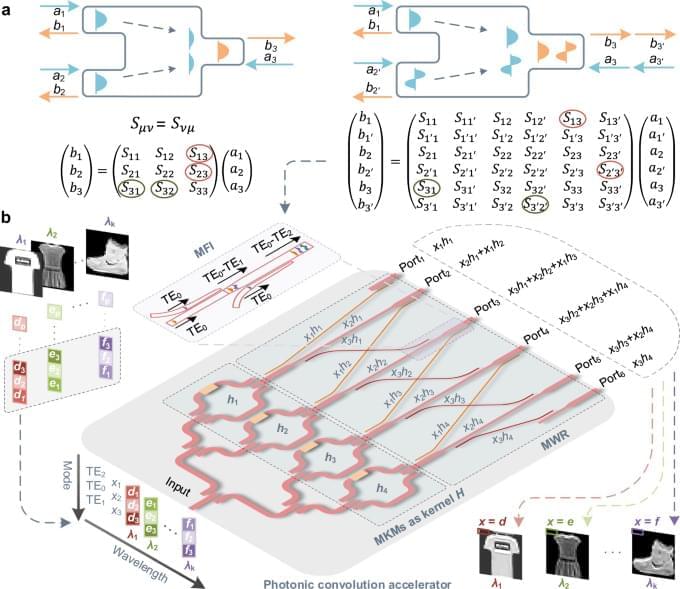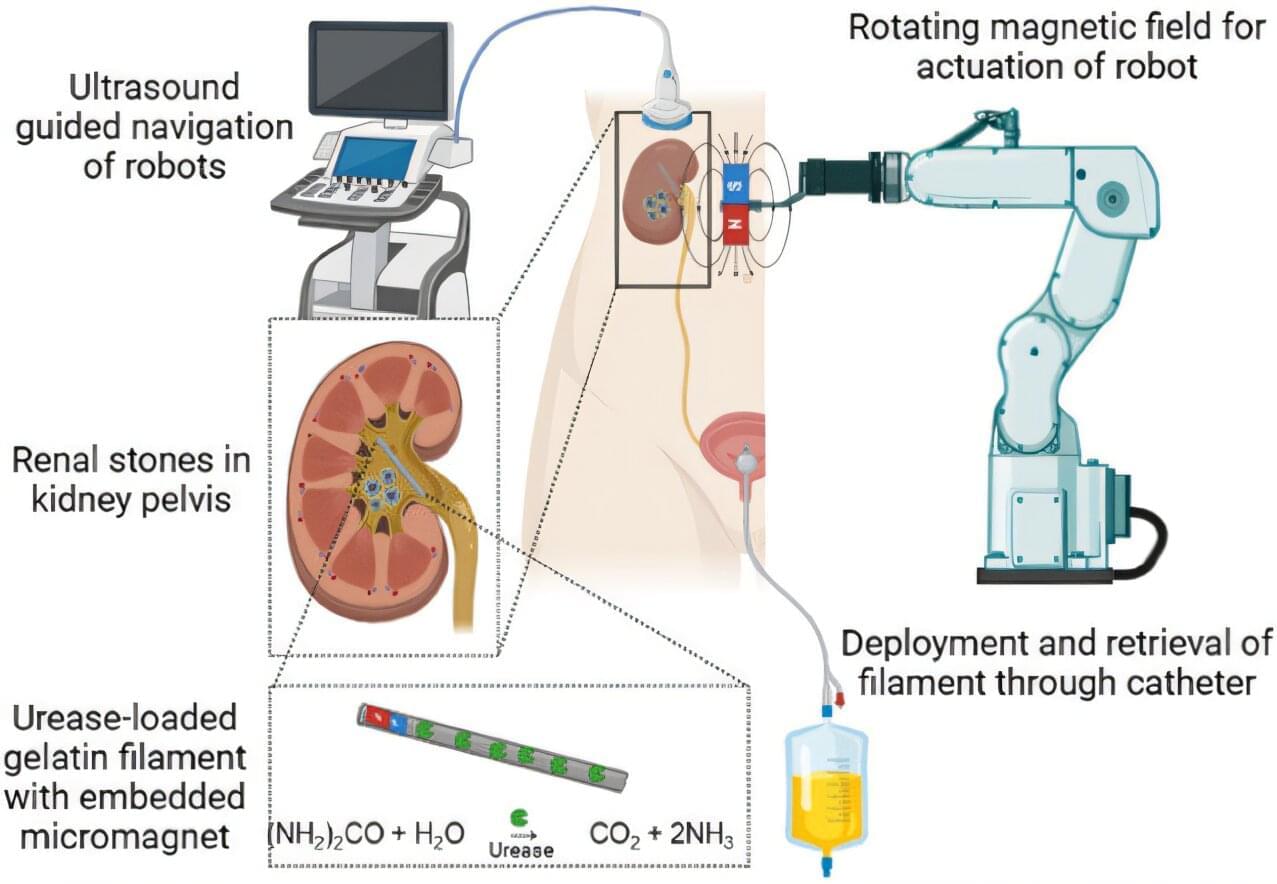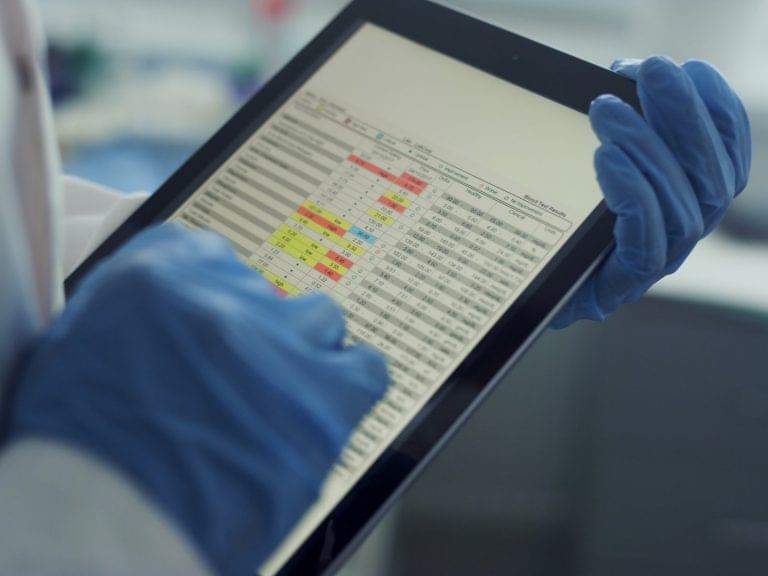Underwater adhesives have long posed a challenge to materials scientists, with few solutions capable of delivering instant, strong, and repeatable adhesion in challenging marine and biomedical environments. Now, a team of researchers has leveraged machine learning (ML) and data mining (DM) —inspired by natural adhesive proteins—to engineer next-generation super-adhesive hydrogels that work instantly underwater.
Published in Nature, the study introduces an end-to-end data-driven framework that starts with protein sequence extraction and ends with a scalable hydrogel synthesis method. The results are materials that can seal high-pressure leaks, attach securely to rough, wet surfaces, and even function in living tissue.






